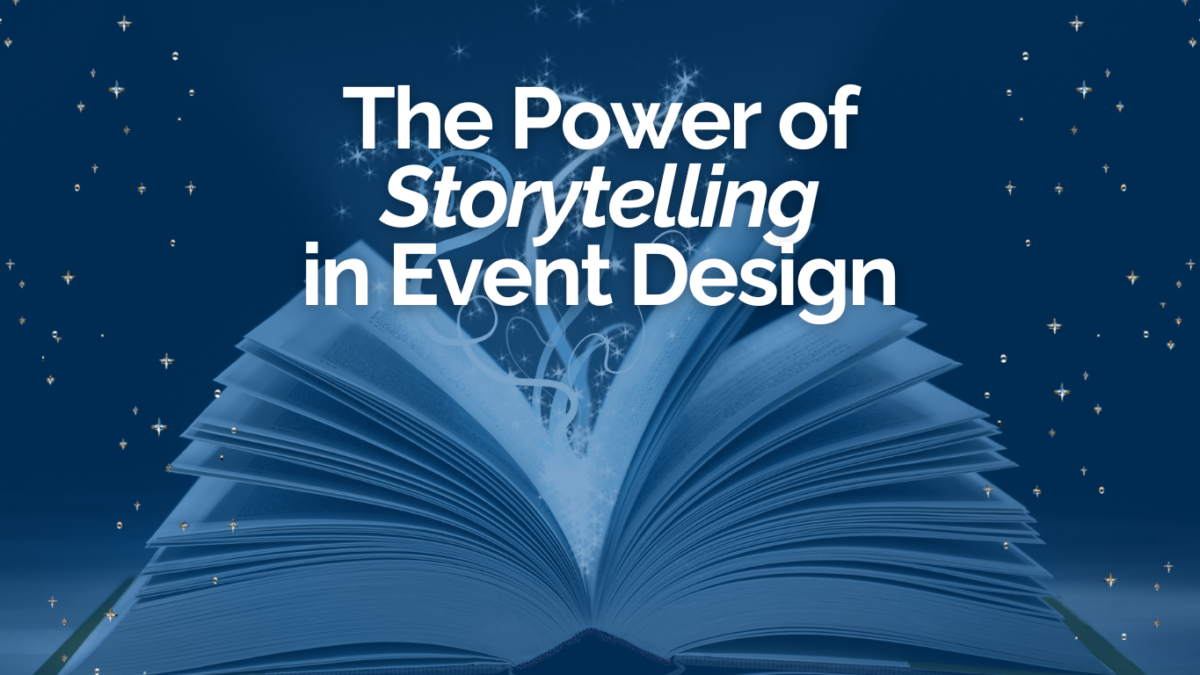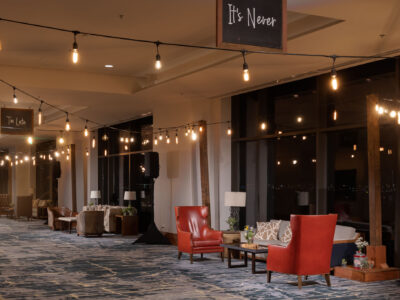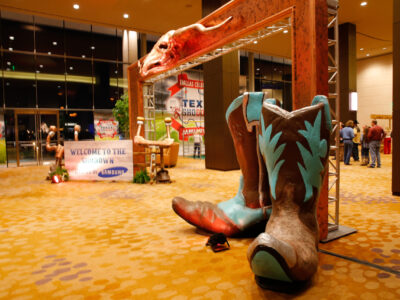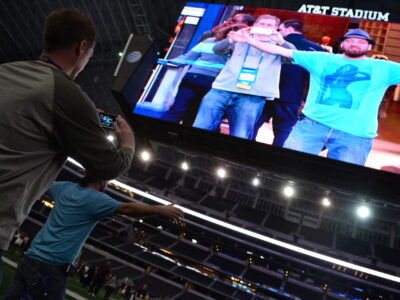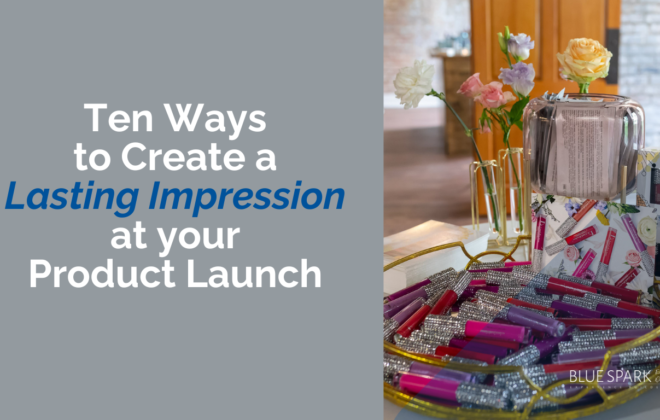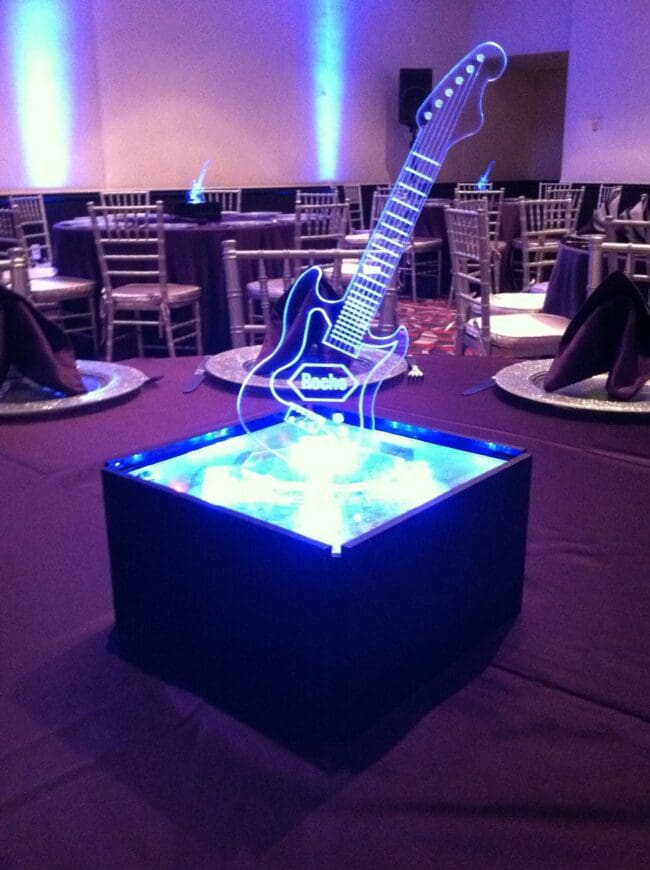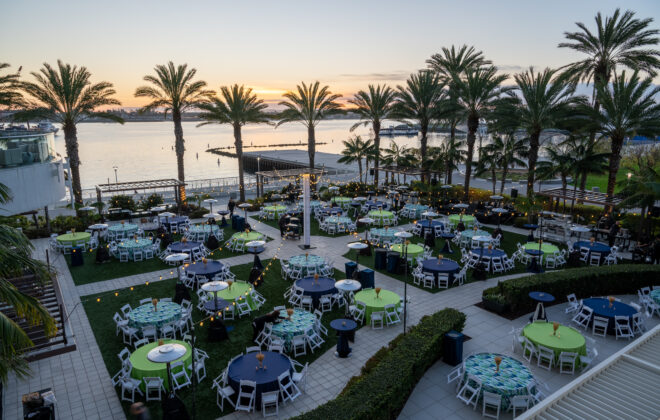The Power of Storytelling in Event Design
The power of storytelling in event design involves crafting a narrative that guides attendees through a cohesive and immersive experience, using elements such as visuals, themes, activities, and interactions to convey your brand’s story and message.
From defining the narrative to engaging the senses, and more, this article will walk you through the ten things to consider when developing a story throughout your event design.
Ten Things To Consider When Crafting Your Story:
Define Your Brand Narrative
Start by defining your brand narrative — the story you want to tell about your brand, its values, and its journey. Identify key themes, messages, and emotions you want to convey to your audience through the event experience.
Create a Theme or Concept
Develop a theme or concept for your event that aligns with your brand narrative and resonates with your target audience. This could be based on a specific story, idea, or metaphor that serves as the foundation for your event design.
Consistent Visual Branding
Use consistent visual branding elements such as colors, fonts, logos, and imagery throughout your event design to reinforce your brand identity and create a cohesive look and feel. Incorporate these elements into signage, decor, presentations, and promotional materials.
Sequential Storytelling
Design the event experience as a narrative journey with a beginning, middle, and end. Guide attendees through a sequence of activities, sessions, or experiences that unfold in a logical and engaging manner, building suspense, curiosity, and emotional connection along the way.
Engage the Senses
Engage attendees’ senses to enhance the storytelling experience. Use lighting, music, sound effects, scent branding, and tactile elements to create a multi-sensory environment that immerses attendees in your brand narrative and evokes emotional responses.
Interactive Experiences
Incorporate interactive experiences that invite attendees to actively participate in the storytelling process. This could include hands-on activities, live demonstrations, immersive installations, or role-playing scenarios that enable attendees to become part of the story.
Story-driven Content
Integrate story-driven content into presentations, workshops, and sessions to communicate key messages and insights in a compelling and memorable way. Use storytelling techniques such as anecdotes, metaphors, and case studies to illustrate your points and captivate the audience’s attention.
Character Development
Create characters or personas that embody your brand values and serve as relatable protagonists in your brand narrative. Use these characters to guide attendees through the event experience, share stories, and convey key messages in a personable and engaging manner.
Emotional Resonance
Appeal to attendees’ emotions by infusing your brand narrative with authenticity, empathy, and humor. Connect with attendees on a human level by sharing personal stories, inspiring anecdotes, or uplifting messages that resonate with their values and aspirations.
Post-Event Follow-Up
Extend the storytelling experience beyond the event itself through post-event follow-up communications. Share recaps, highlights, and behind-the-scenes stories with attendees to reinforce key messages, maintain engagement, and continue the conversation with your audience.
By using storytelling techniques in event design, you can create immersive and memorable experiences that resonate with attendees, strengthen brand affinity, and leave a lasting impression on your audience.

